Summary Galileo is a NASA spacecraft mission to Jupiter, launched October 18, 19, and designed to study the planet's atmosphere, satellites and surrounding magnetosphere for 2 years starting in December 1995It was named for the Italian Renaissance scientist who discovered Jupiter's major moons in 1610 with the first astronomical telescopeGalileo (1990, 1992) The Galileo spacecraft flew by the Earth and Moon on Dec 8, 1990 and Dec 8, 1992 The image at the top of the page is a false color image of the Moon created by combining 53 images taken from three different filters on Galileo during the 1992 flyby Pink represents highlands, blue to orange denote volcanic flowsPNG 781 KB This mosaic of five images was taken through the clear filter (610 nanometers) of the solid state imaging system (CCD) aboard NASA's Galileo spacecraft on October 5, 1996 The mosaic is shown twice;
Galileo Spacecraft Coloring Page Free Printable Coloring Pages
Galileo spacecraft photos
Galileo spacecraft photos-Galileo was an American unmanned spacecraft that studied the planet Jupiter and its moons, as well as several other Solar System bodies Named after the astronomer Galileo Galilei, it consisted of an orbiter and entry probeSep 21, · Europa Clipper Journey to an Ocean World Poster We are on the cusp of exploring what may be the best place in our solar system to look for life beyond Earth That place is Jupiter's moon Europa Scientists think under the moon's icy shell there is a global, saltwater ocean with twice the volume of Earth's oceans combined



Galileo Spacecraft 3d Warehouse
FileGalileo trajectory Idasvg Size of this PNG preview of this SVG file 332 × 451 pixels Other resolutions 177 × 240 pixels 353 × 480 pixels 442 × 600 pixels 565 × 768 pixels 754 × 1,024 pixels This is a file from the Wikimedia Commons Information from itsMar 18, 21 · iogalileopng NASA's Galileo spacecraft acquired its highest resolution images of Jupiter's moon Io in July 1999;The vast majority of the data used here has been calibrated and processed in ISIS, a spacecraft image processing software package by the Astrogeology Group at USGSFlagstaff The resulting processed images are then ported over to Photoshop where they are merged and converted to a format suitable for online viewing (normally PNG)
Feb 22, 13 · Ida and Dactyl in color Galileo took the three images for this enhancedcolor view of asteroid 143 Ida and its satellite Dactyl on August 28, 1993 at about 1630 UTC, about minutes before its closest approach Galileo was about 16,000 kilometers from the asteroid at the time Image NASA / JPL / SSI / color composite by Emily LakdawallaPNG 3 KB The darkfloored crater, Khensu, is the target of this image of Ganymede The solid state imaging camera on NASA's Galileo spacecraft imaged this region as it passed Ganymede during its second orbit through the Jovian system Khensu is located at 2 degrees latitude and 153 degrees longitude in a region of bright terrain known asApr 01, 12 · Keywords 3D Model, Spacecraft, Satellite, Eyes on the Solar System GitHub Repository Galileo (A) Download jplvtadGalileozip file 84 MB
Nov 26, 14 · The Galileo spacecraft atop the inertial upper stage is deployed from the Space Shuttle Atlantis' payload bay This is a frame taken from a 70mm motion picture film of the deployment sequenceJul 11, 18 · Io, the most volcanic body in the solar system is seen in the highest resolution obtained to date by NASA's Galileo spacecraft This view of the asteroid 243 Ida is a mosaic of five image frames acquired by the Galileo spacecraft's solidstate imaging system at ranges of 3,057 to 3,1 kilometers (1,900 to 2,375 miles) on August 28, 1993, aboutGalileo was an unmanned NASA spacecraft It explored the planet Jupiter and its moons Galileo was launched in 19 and it arrived at Jupiter in 1995 Galileo was made up of two parts an orbiter and a probe The probe was released from the orbiter on July 13, 1995 and it went towards Jupiter It reached Jupiter on December 7, 1995 and went




Gmv Galileo Deploys Four New Satellites




Galileo Satellite Navigation Wikipedia
Galileo Mission Launched on October 19, 19, the Galileo spacecraft was designed for a study of Jupiter After six years and about 25 billion miles, it reached Jupiter on December 7, 1995 The distance between to orbits of Earth and Jupiter is about 390 million miles A 23 month survey of the Jupiter system was scheduledGalileo's Observations Galileo Click here to see Galileo's view of Jupiter during one of the impacts At present, the Galileo spacecraft is about 150 million miles (240 million kilometers) from Jupiter and will be able to see part of the planet's nightside,The top panel displays only the data, while the bottom panel gives the location of some of Jupiter's small ring moons and presents a



Galileo Spacecraft Coloring Page Free Printable Coloring Pages




Four More Galileo Satellites Brought Online Earlier This Month Inside Gnss Global Navigation Satellite Systems Engineering Policy And Design
Media in category "Illustrations of Galileo" The following 50 files are in this category, out of 50 total Artwork GalileoIoJupiterJPG Detailed Drawing of the Galileo Spacecraftpng Galileo DDS diagram ddsgif 524 × 365;Показано 73 файла из 73, находящихся в данной категории 19 s34 Galileo Deploy 5jpg Artwork GalileoIoJupiterJPG Comet ShoemakerLevy 9 approaching Jupiterjpg Descent Modulejpeg Detailed Drawing of the Galileo Spacecraftpng Galielo EPD photo epd1jpg Galileo DDS diagram ddsgifThe Galileo spacecraft's 14year odyssey came to an end on Sunday, Sept 21, when the spacecraft passed into Jupiter's shadow then disintegrated in the planet's dense atmosphere at 1157 am Pacific Daylight Time The Deep Space Network tracking station in Goldstone, Calif, received the last signal at PDT




Galileo Satellite Navigation System




Timeline Of Galileo Spacecraft Wikipedia
Apr 19, 10 · Galileo Spacecraft By Frances Romero Monday, Apr 19, 10 NASA NASA had nothing but problems with Galileo First launched in 19, the spacecraft arrived at Jupiter six years later Its antenna — made of goldplated mesh stretched over ribs that folded like an umbrella — failed to deploy on its first try in 1991 Engineers decided to18 KB Galileo EPD diagram epdpng 600 × 660;Jun 09, 21 · NASA's Juno spacecraft has provided the first closeups of Jupiter's largest moon in two decades Juno zoomed past icy Ganymede on Monday, passing within 645 miles (1,038 kilometers) The last time a spacecraft came that close was in 00 when NASA's Galileo spacecraft swept past our solar system's biggest moon
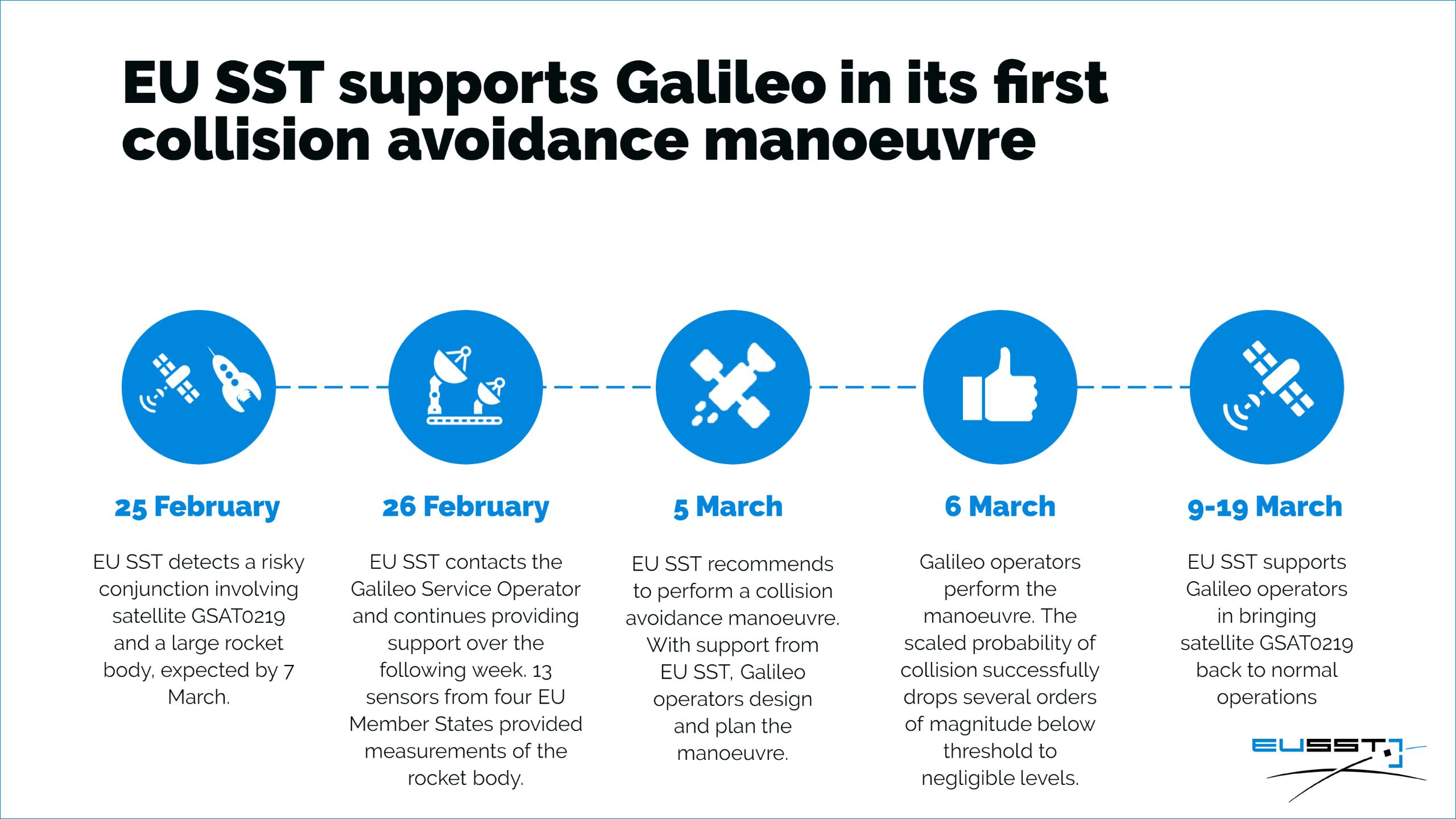



Eu Sst Supports Galileo First Collision Avoidance Manoeuvre For A Galileo Spacecraft Eusst
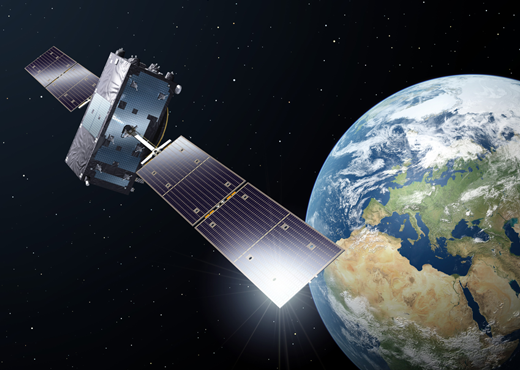



Putting Galileo In The Driving Seat For Autonomous Vehicles Austria In Space
Sep 01, 1998 · 640x480 mpeg4 (77 MB) 2997 fps 7x480 png (4530 KB) Still Image Right click movies to download them if they automatically play in your browser An animation of the Earths rotation from Galileo imagery at 3600 times realtime The timer indicates hours and minutes ofThe Galileo spacecraft was launched by the Space Shuttle Atlantis on October 18, 19 A twostage Inertial Upper Stage propelled Galileo out of Earth parking orbit to begin its 6year interplanetary transfer to Jupiter Galileo has already received two gravity assists from Venus on February 10, 1990 and from Earth on December 8, 1990 After a second gravityassist flyby ofApr 27, 15 · Galileo Index This page is provided as an index to the many images which the Galileo spacecraft has taken of solar system objects These images appear on the pages for each object The Galileo images from the Comet ShoemakerLevy 9 impact on Jupiter are also available




The Solar System S Most Volcanic World Io Imaged In Front Of Jupiter S Clouds By Nasa S Galileo Spacecraft On Sept Solar System Our Solar System Jupiter Moons




Lego Ideas Galileo Foc Spacecraft
400x400 PNG, 246 KB Full Res 618x618 PNG, 424 KB Object Name Europa About the Data Instrument HST>STIS and Galileo mission Exposure Dates February 22, 16 About the Image Image Credit NASA, ESA, W Sparks , and the USGSThis color mosaic uses nearinfrared, green and violet filters to approximate what the human eye would seeMay 07, 1997 · Galileo, in space exploration, robotic US spacecraft launched to Jupiter for extended orbital study of the planet, its magnetic field, and its moons Galileo was a followon to the much briefer flyby visits of Pioneers 10 and 11 (1973–74) and Voyagers 1 and 2 (1979) Galileo flying by Io US spacecraft Galileo making a flyby of Jupiter's moon Io, in an artist's rendering
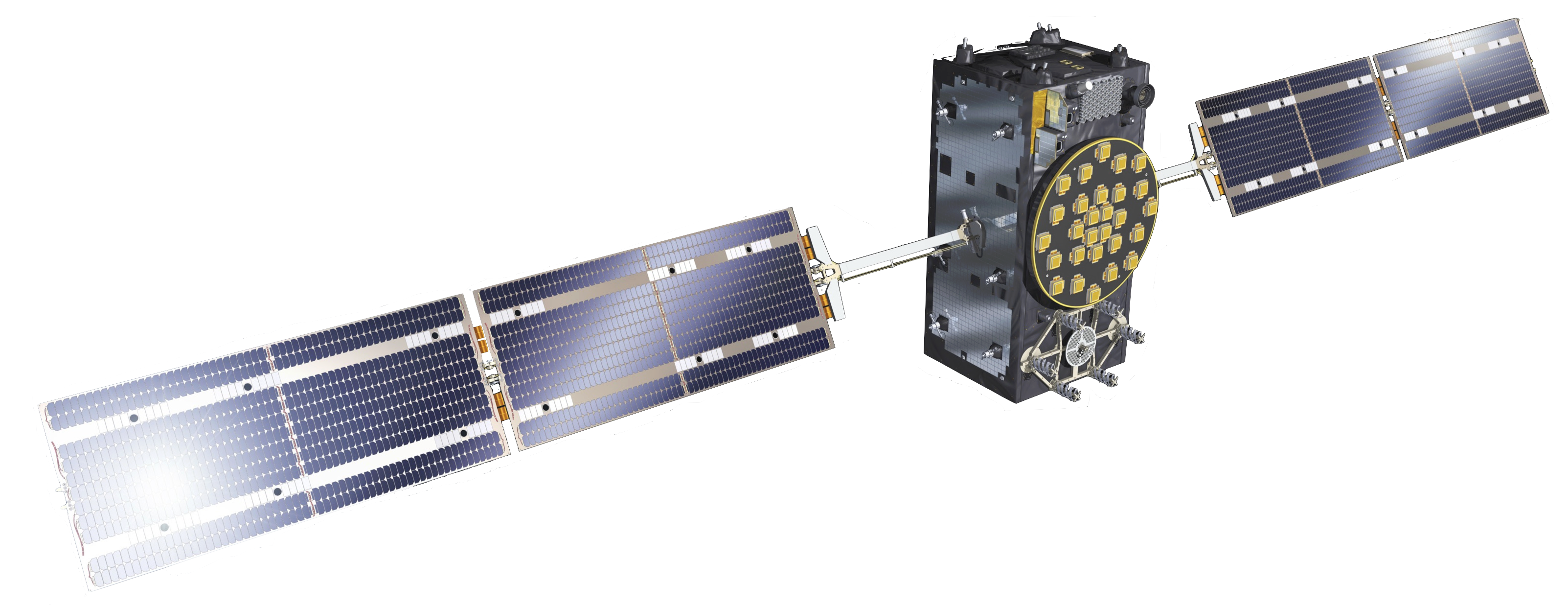



Esa Galileo Satellite
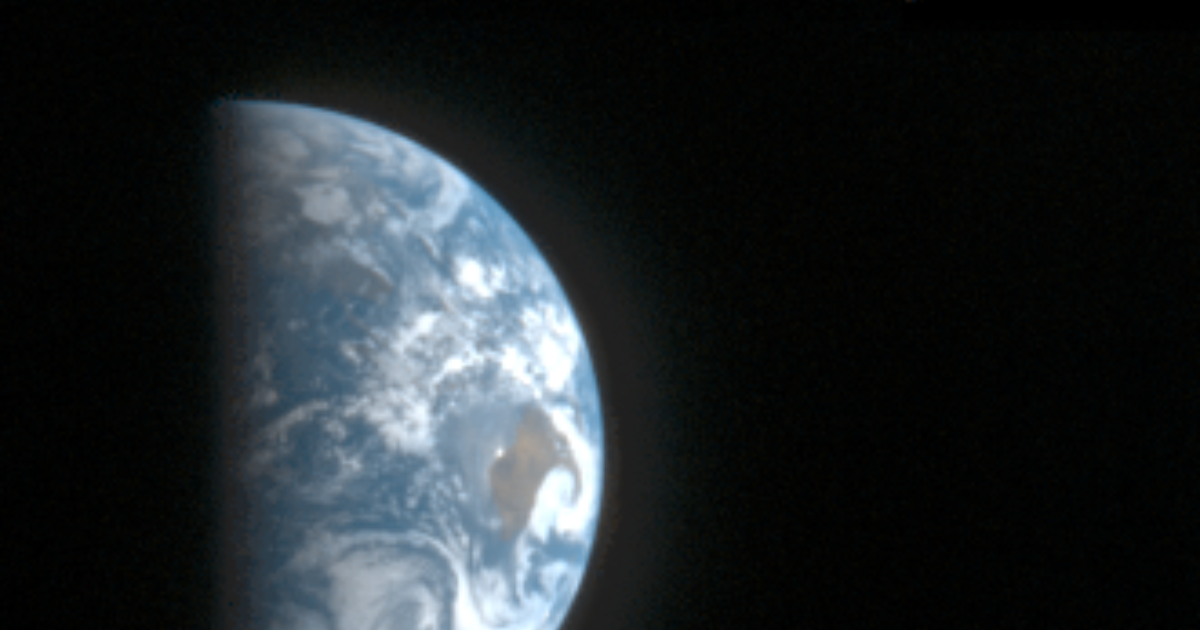



Earth And The Moon From Galileo The Planetary Society
This transparent Solar System Background Jupiter, BrainPOP, Solar System, Science, Planet, Space Science, Universe, Saturn, Gravitation, Space, Share Icon, Galileo Galilei png image is uploaded by Super for personal projects or designsJun 01, · The NEAR Shoemaker spacecraft landed on Eros, an asteroid near Earth, in 01 Then, the Dawn spacecraft traveled to the asteroid belt in 11 It orbited and studied the giant asteroid Vesta and the dwarf planet Ceres In 16, NASA launched the OSIRISREx spacecraft to study an asteroid near Earth named BennuStereo Image of Zal Patera and Neighboring Mountain, Io Full Resolution TIFF (5325 kB) JPEG (2359 kB) Io Galileo SolidState Imaging 876x900x3 PIA Stereo Image of Tvashtar Catena, Io




Astrium Delivers Third And Fourth Galileo Satellites To Esa Intelligent Aerospace




Galileo Spacecraft Power Management And Distribution System Ieee Conference Publication Ieee Xplore
In the end, the Galileo spacecraft will get a taste of Jupiter before taking a final plunge into the planet's crushing atmosphere, ending the mission on Sunday, Sept 21 The team expects the spacecraft to transmit a few hours of science data in real time leading up to impactJun 19, 21 · Two pairs of GalileoIOV (InOrbit Validation) satellites, launched in 11 and 12, were used to demonstrate the finalized design of the navigation payloads and the operational capabilities of the spacecraft and ground segment One of the IOV satellites has since failed on orbit The fivebillion Euro project is named after Italian astronomerDec 01, 1995 · The Galileo spacecraft was designed to study Jupiter's atmosphere, satellites, and surrounding magnetosphere for two years The spacecraft was named in honor of Galileo Galilei , the Italian Renaissance scientist who discovered Jupiter's major moons in 1610 The Galileo spacecraft was carried into space by the shuttle Atlantis on October 18, 19 Once released from the cargo bay, a twostage Inertial Upper Stage (IUS) booster fired to accelerate the spacecraft
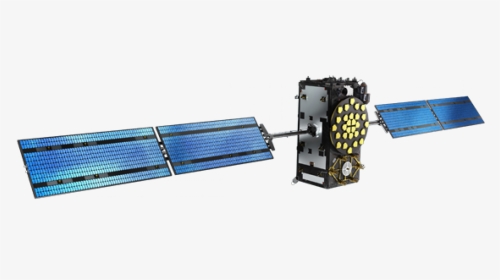



Galileo Satellite Png Transparent Png Transparent Png Image Pngitem
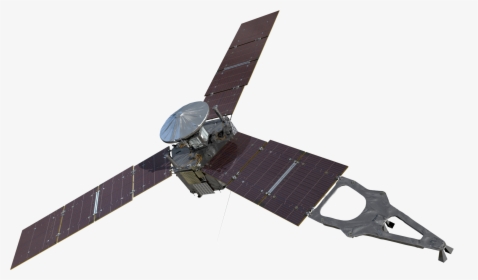



Galileo Spacecraft Model Galileo Spacecraft Png Transparent Png Transparent Png Image Pngitem
About the mission While its aim was to study Jupiter and its mysterious moons, which it did with much success, NASA's Galileo mission also became notable for discoveries during its journey to the gas giant It was the first spacecraft to visit an asteroid two in fact, Gaspra and Ida Galileo provided the only direct observations of a cometThe Galileo spacecraft surveyed the Moon on December 7, 1992, on its way to explore the Jupiter system in The left part of this north pole view is visible from Earth This color picture is a mosaic assembled from 18 images taken by Galileo's imaging system through a green filterTemplateInfobox spaceflight Galileo was an American unmanned spacecraft that studied the planet Jupiter and its moons, as well as several other Solar System bodiesNamed after the astronomer Galileo Galilei, it consisted of an orbiter and entry probeIt was launched on October 18, 19, carried by Space Shuttle Atlantis, on the STS34 mission Galileo arrived at Jupiter on
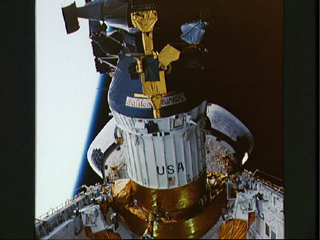



Pds Ppi Home Page
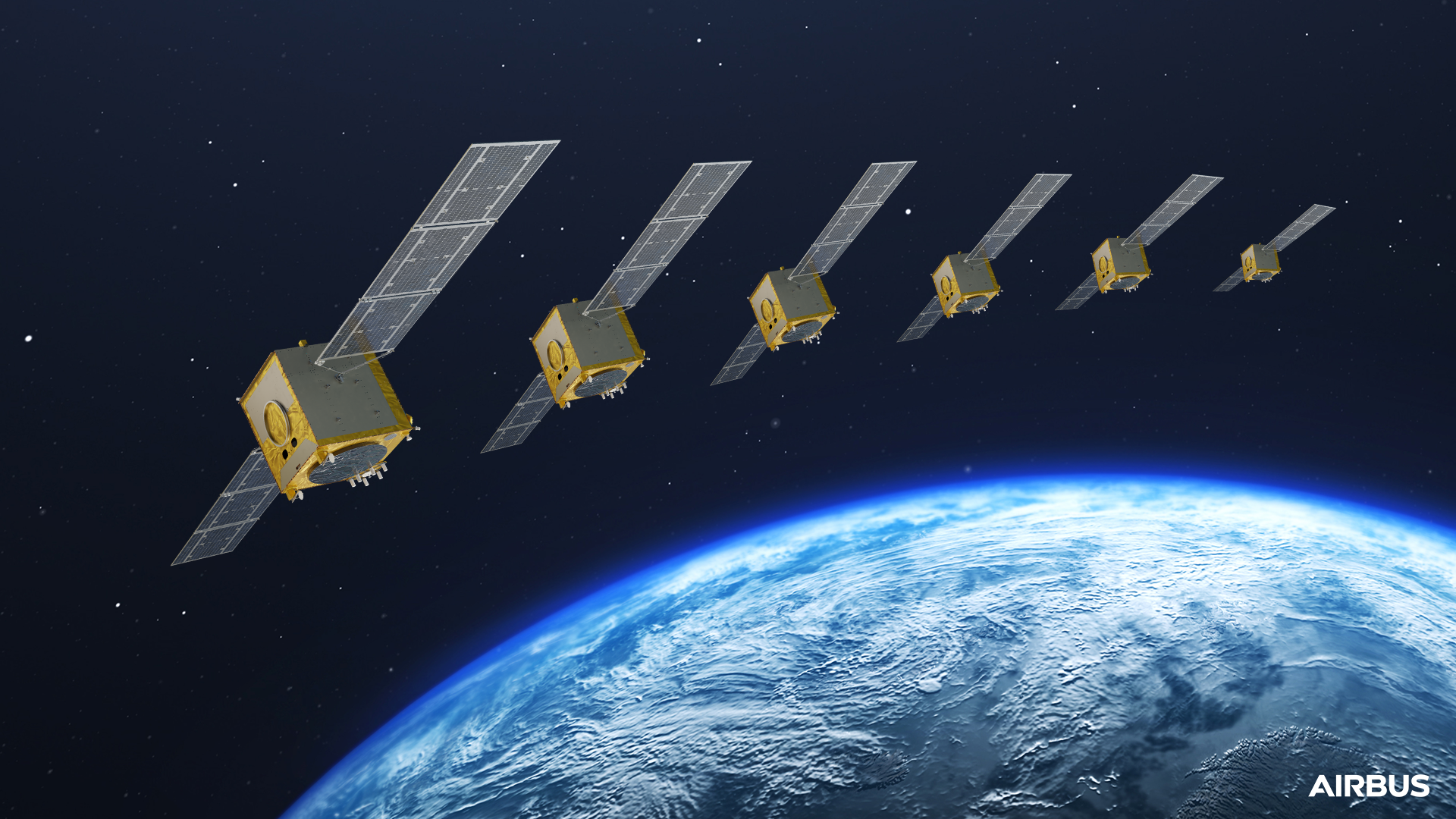



New Airbus Satellites Will Navigate Galileo Into The Future Space Airbus
Galileo changed the way we look at our solar system The spacecraft was the first to fly past an asteroid and the first to discover a moon of an asteroid It provided the only direct observations of a comet colliding with a planet Galileo was deliberately crashed into Jupiter in September 03 to avoid an accidental collision with andThis is a collection of NASA science spacecraft and aircraft The icons are formatted as transparent PNG files for downloadGalileo Galilei PNG Images SubPNG offers free Galileo Galilei clip art, Galileo Galilei transparent images, Galileo Galilei vectors resources for you Download free Galileo Galilei transparent images in your personal projects or share it as a cool sticker on Tumblr, WhatsApp, Facebook Messenger, Wechat, Twitter or in other messaging apps



July 1995 Galileo Reached Jupiter Nasa




Galileo Space Probe Detects Plume From Jupiter S Moon Europa Accessscience From Mcgraw Hill Education
The Galileo spacecraft FROM NASA PRESS KIT Posted September , 03 The Galileo orbiter weighed 2,223 kilograms at launch (21/2 tons) and measured 53Jul 07, 17 · The Deep Impact Mission Spacecraft Deep Space 1 SSC/CMOD/3DS/PNG 902K FarGetaNik The Deep Space 1 spacecraft launched to asteroid Braille and comet Borrelly Galileo Remake 3DS/JPG/SSC 96M Snowfall Galileo Jupiter spacecraft with probe Giotto 25th Anniversary Edition CMOD/JPG/SSC/XYZV 47M BrianJ ESA's mission to Comet HalleyNov 30, 04 · The Galileo Mission Launched in 19, the Galileo spacecraft arrived at Jupiter on December 7, 1995, when it fired its main engine for a successful orbit capture around Jupiter On that day, Galileo's atmospheric probe plunged into Jupiter's atmosphere and relayed information on the structure and composition of the solar system's largest planet




Lego Moc Nasa Galileo Space Probe Scale 1 80 By Pedroj Rebrickable Build With Lego
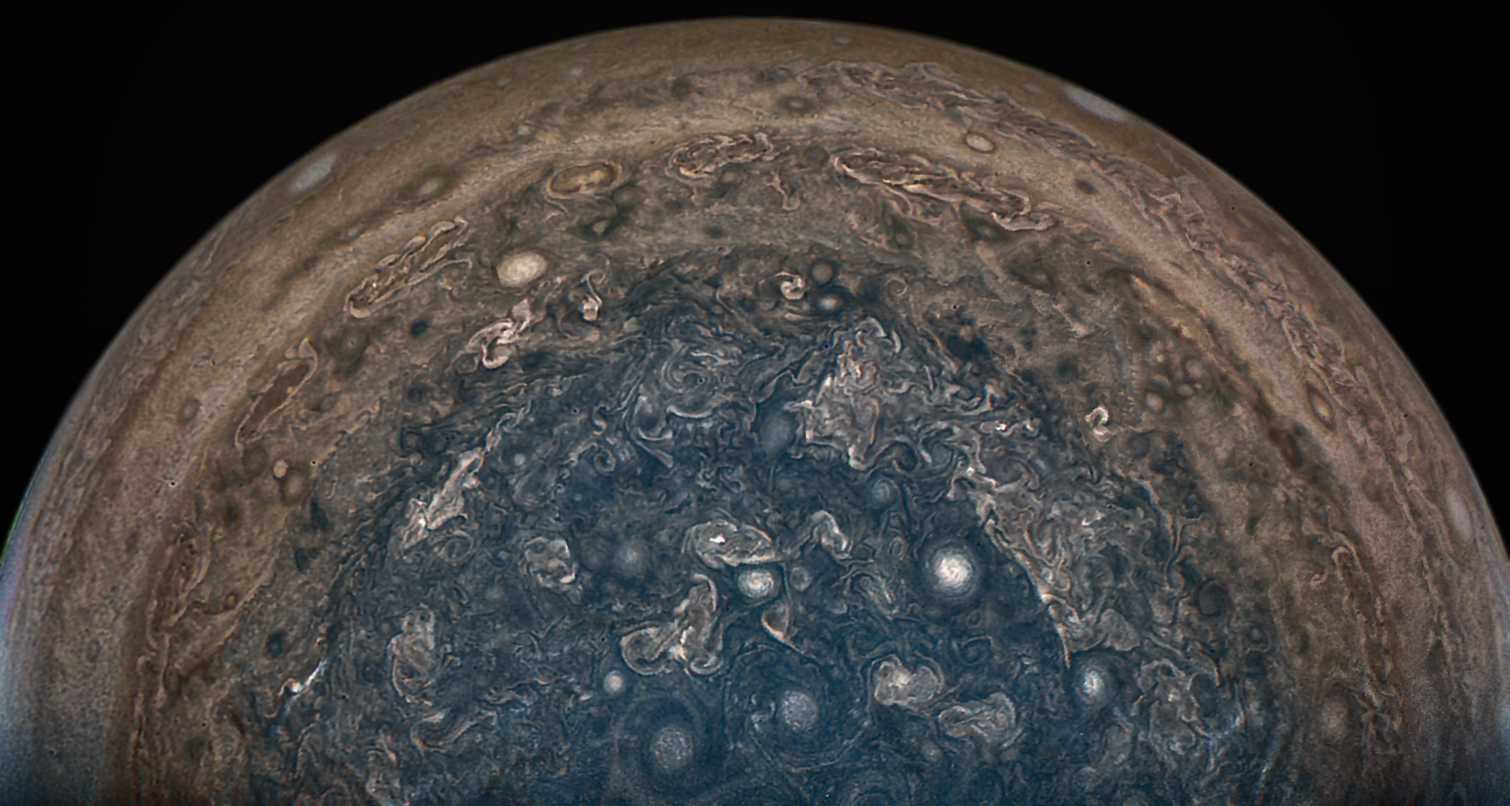



Galileo Spacecraft Archives Universe Today
Feb 15, 21 · Galileo was the first spacecraft to orbit an outer planet It was the first spacecraft to deploy an entry probe into an outer planet's atmosphere It completed the first flyby and imaging of an asteroid (Gaspra, and later, Ida) It made the first, and so far only, direct observation of a comet colliding with a planet's atmosphere (Shoemaker




Galileo Spacecraft Orbiting Jupiter Stock Video Footage Storyblocks




Left Galileo Spacecraft Visible Image Of Io Nasa Right Keck Ao Download Scientific Diagram




Galileo Spacecraft Cruise Configuration With The Two Sig Rtgs Shown Download Scientific Diagram




Esa Signs Up As Ariane 6 Inaugural Customer With Two Galileo Missions Spacenews
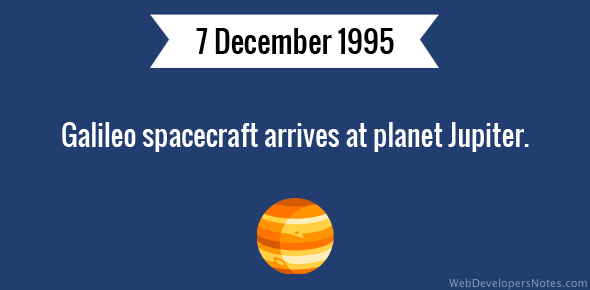



Galileo Spacecraft Arrives At Jupiter




Goodbye Galileo Sky Telescope Sky Telescope
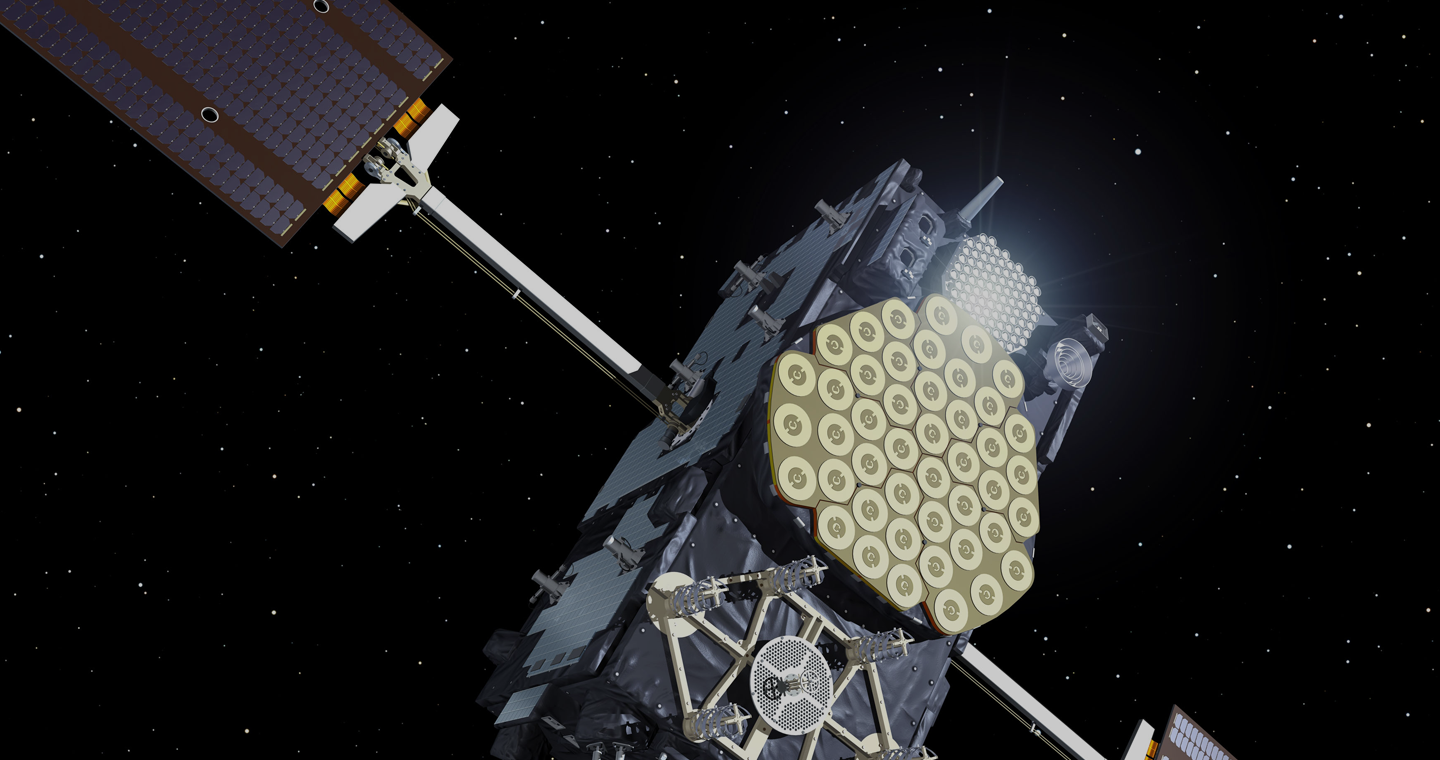



Space Debris Is A Problem Also For The Galileo Satellites




Eu S Satellite Navigation System Galileo Reaches 1 Billion Users Maritimecyprus




Launch Of Galileo Spacecraft To Jupiter Realsolarsystem
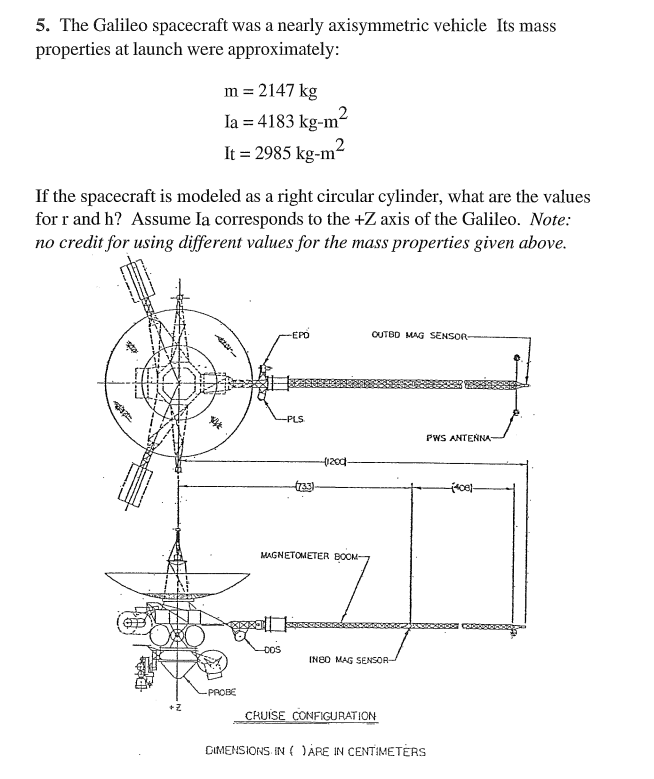



5 The Galileo Spacecraft Was A Nearly Axisymmetri Chegg Com
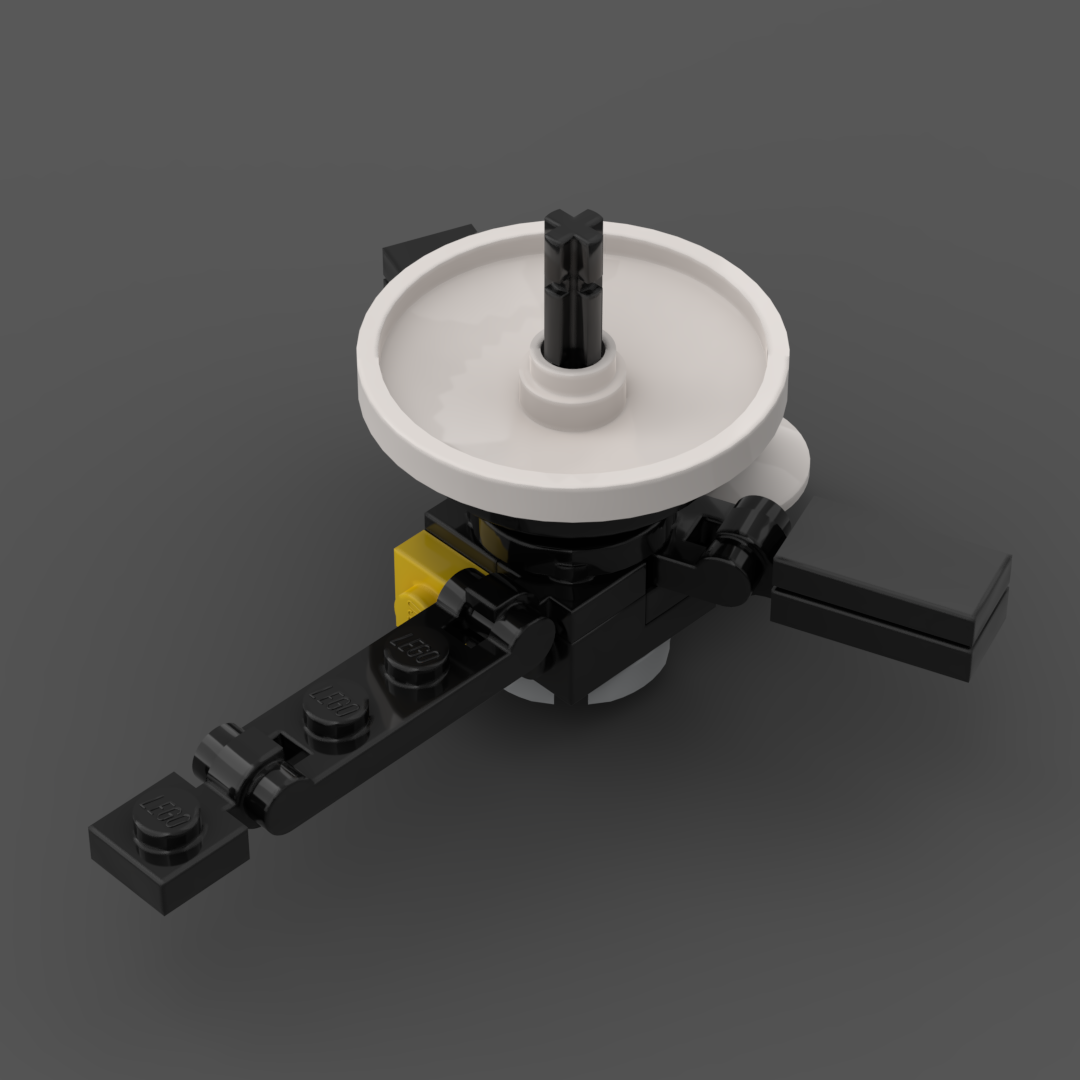



Galileo Payloads Bricks In Space
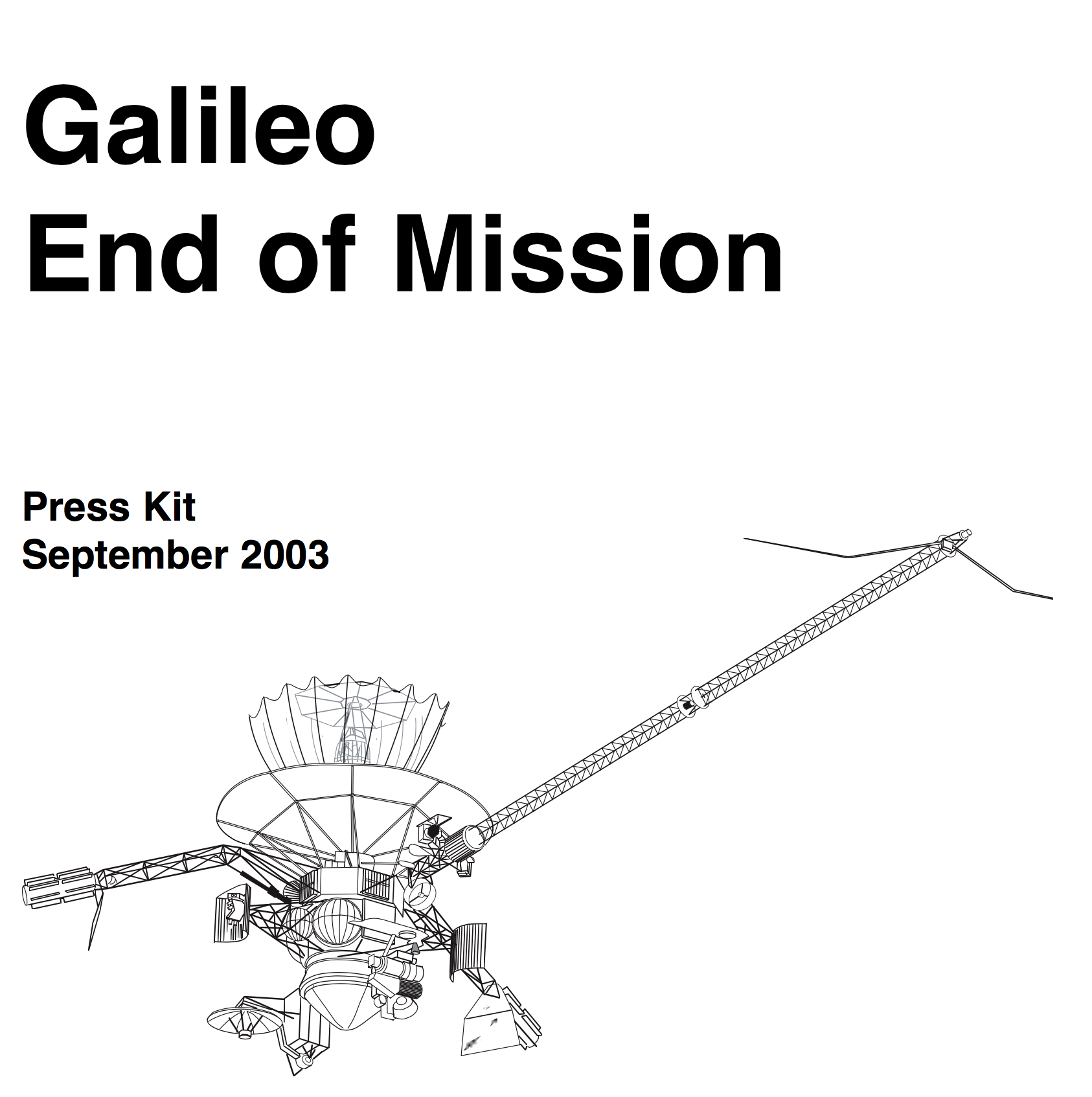



Galileo End Of Mission Press Kit Nasa Solar System Exploration




Circle Png Download Galileo Spacecraft Antenna Transparent Png Vhv



Galileo Mission




Saving Galileo Film Screening Www Caltech Edu
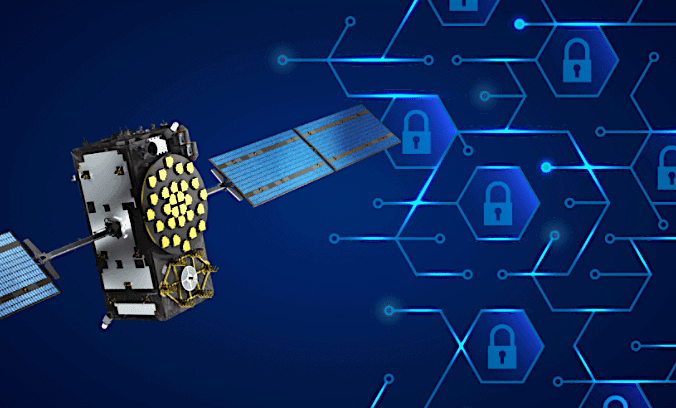



Esa Modifies Galileo Ground Segment After Outages Prepares Galileo Launches And 2nd Generation Satellite Contracts Space Intel Report
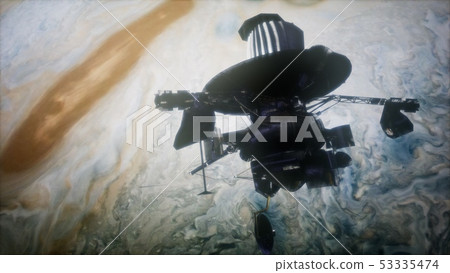



Galileo Spacecraft Orbiting Jupiter Stock Illustration



Galileo Spacecraft Satellites




Galileo Spacecraft Images Vision Systems Design
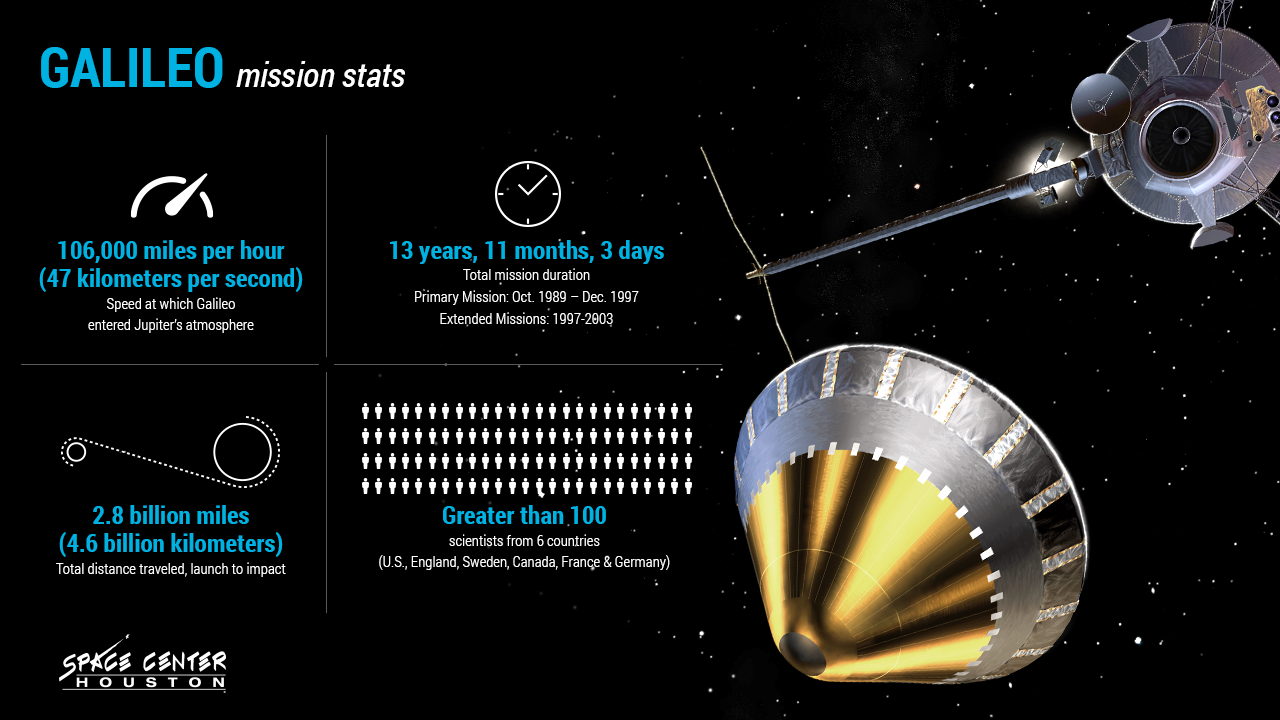



Space History Galileo Takes The Plunge Into Jupiter S Atmosphere
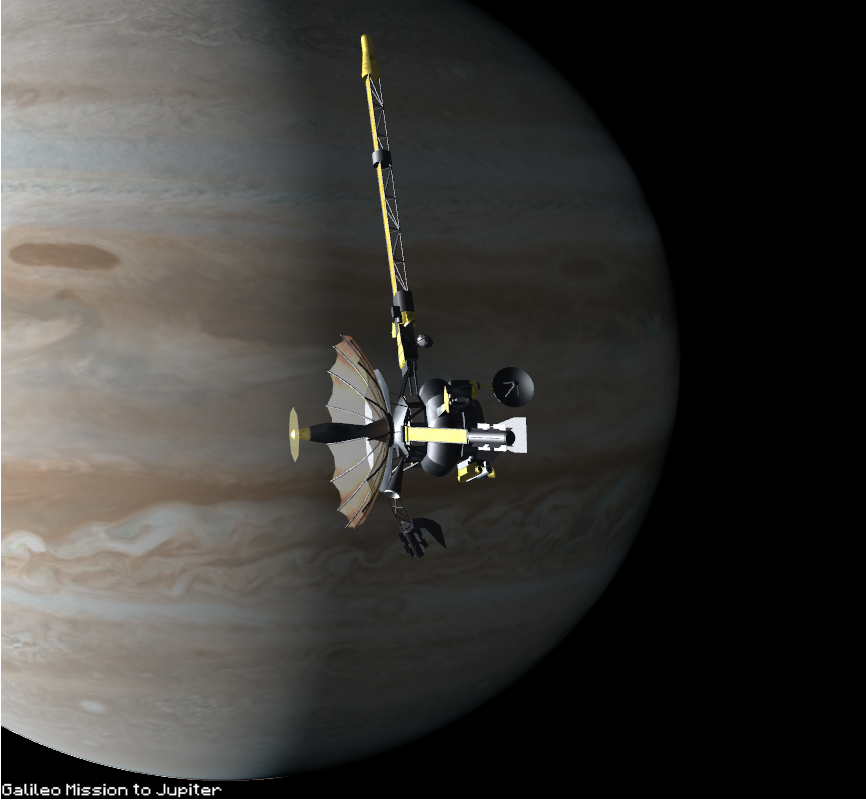



Galileo V1 0 0 Celestia Add On By Snowfall The Cat On Deviantart



Exploration Jupiter




The Million Mile Screwdriver The Galileo Space Probe Adrift




Astrospacenow Com 25 Years Ago 1990 The Galileo Spacecraft Flew By Venus On The Way To Jupiter Thisdayinhistory Space Nasa Http T Co Ut0h57gbus
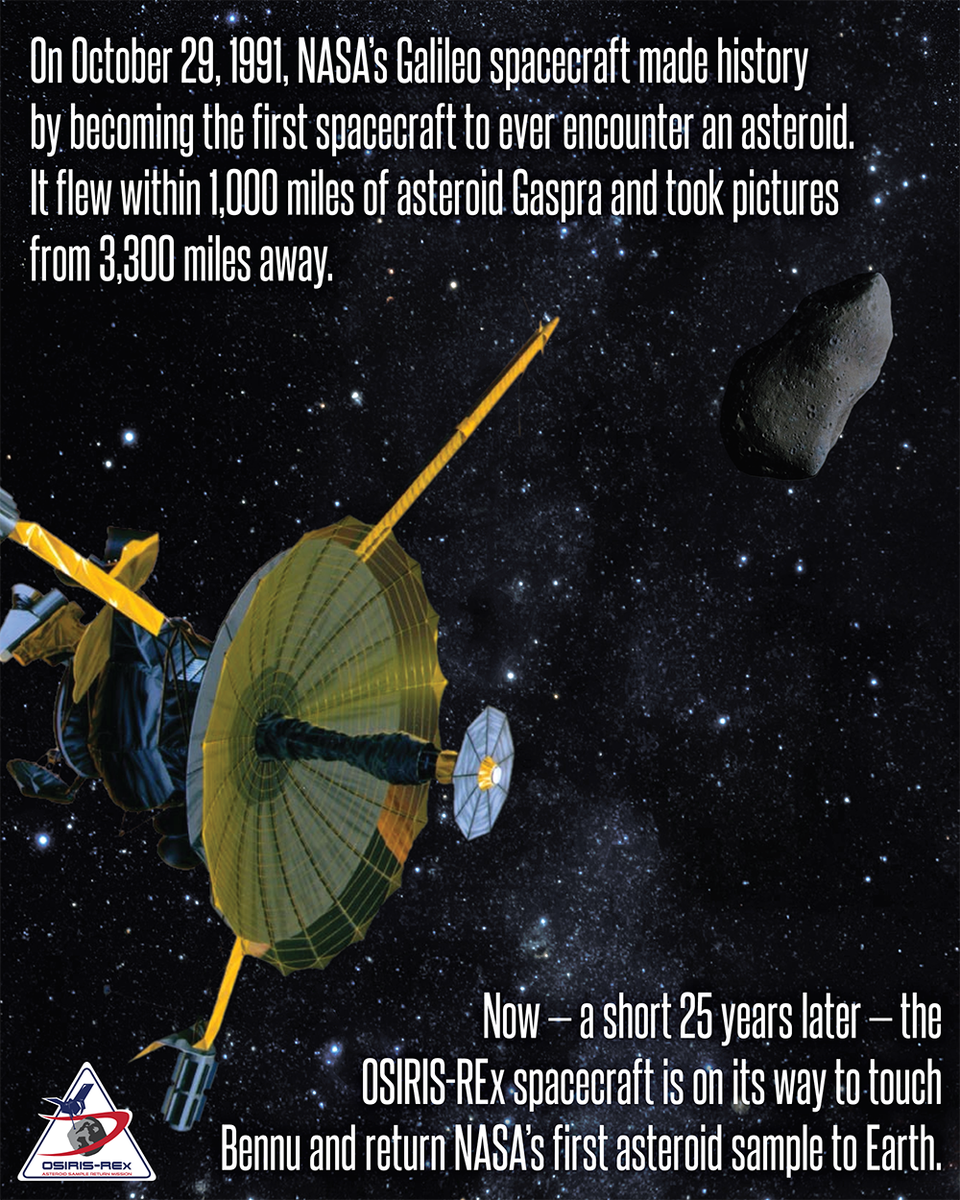



Nasa S Osiris Rex 25 Years Ago Today Nasa S Galileo Spacecraft Made History As The First Spacecraft To Fly By An Asteroid Otd T Co Okx4jdntcd T Co Pu8mgvviqb
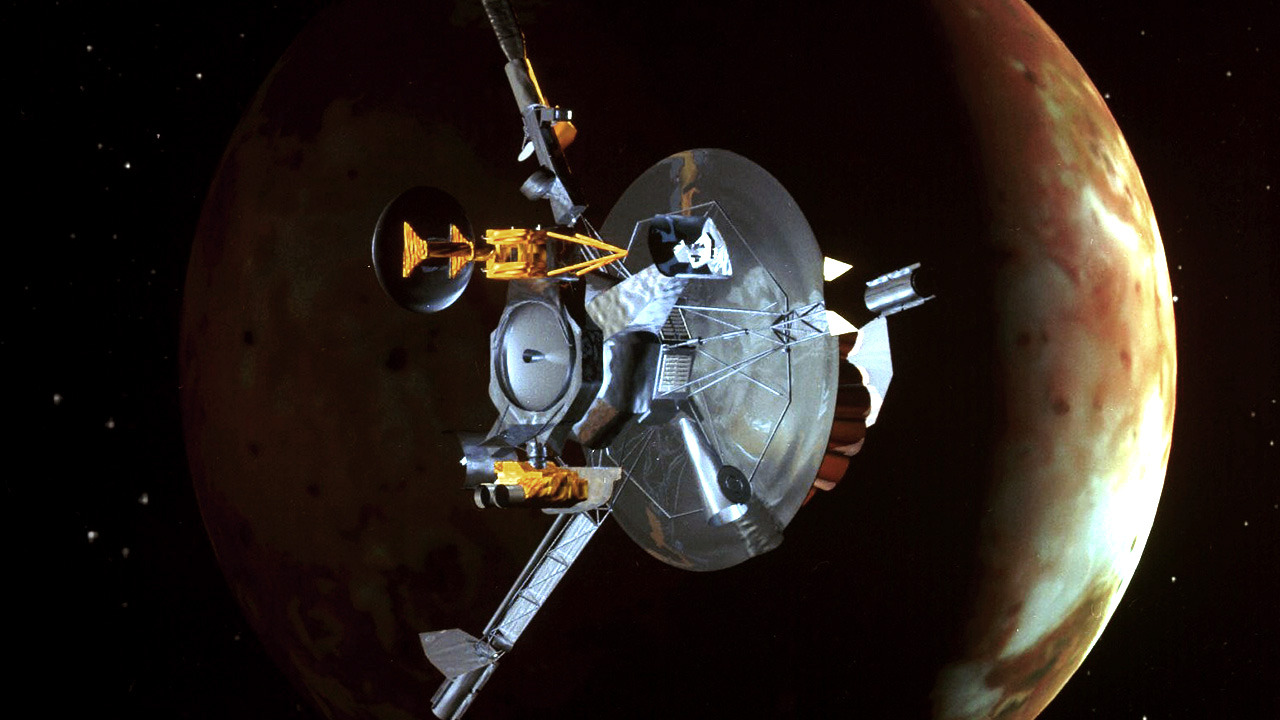



Remember This Falling Into Jupiter The Galileo Probe Wowk 13 News




Galileo Spacecraft Orbiting Jupiter Stock Video Footage Storyblocks
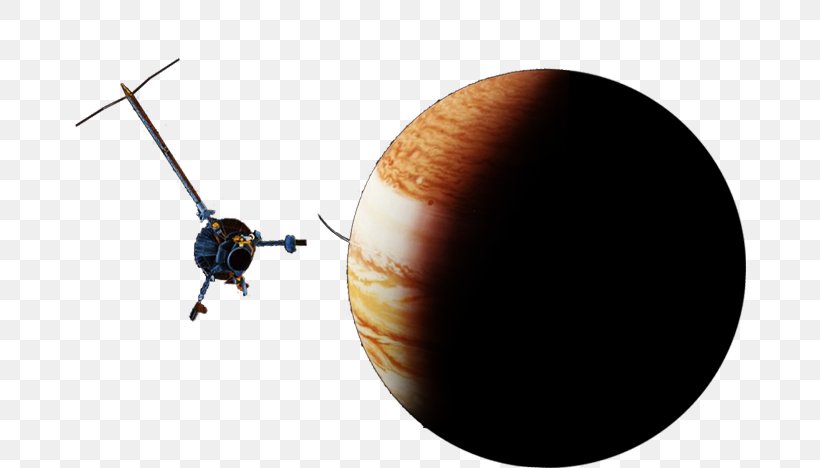



Cassini Huygens Jet Propulsion Laboratory Galileo Space Probe Spacecraft Png 672x468px 01 Mars Odyssey Jet Propulsion




Gmv Supplies A Galileo Second Generation Rf Constellation Simulator Gps World




Galileo Spacecraft Orbiting Jupiter Stock Illustration




Galileo Spacecraft Clipart Free Download Transparent Png Creazilla




Galileo And Copernicus Eu Flagship Space Programmes European Parliamentary Research Service Blog




Galileo Orbiter Probe Mission To The Jupiter System
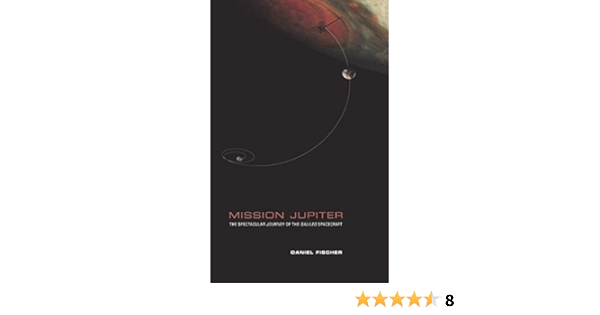



Mission Jupiter The Spectacular Journey Of The Galileo Spacecraft Fischer Daniel Amazon Com Books
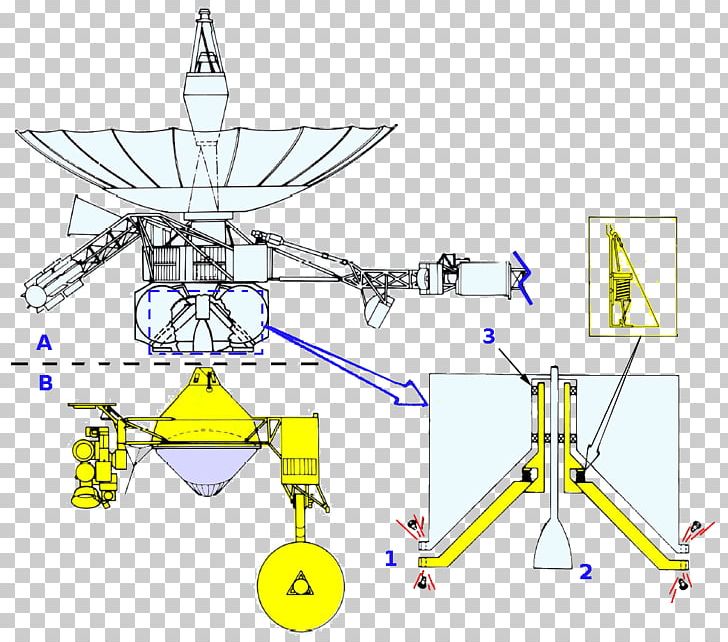



Cassini Huygens Viking Program Space Probe Galileo Radioisotope Thermoelectric Generator Png Clipart Angle Area Diagram Galileo



Galileo Spacecraft 3d Warehouse




Galileo Copernicus Challenge Leads The Pack In Galileo Masters 19 Eu Agency For The Space Programme
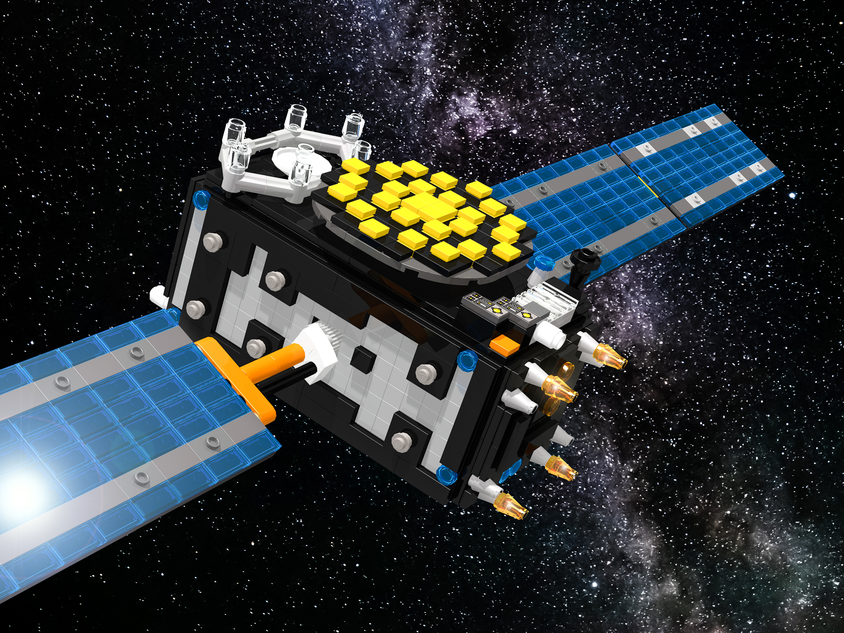



Lego Ideas Galileo Foc Spacecraft




Galileo Space Segment Navipedia
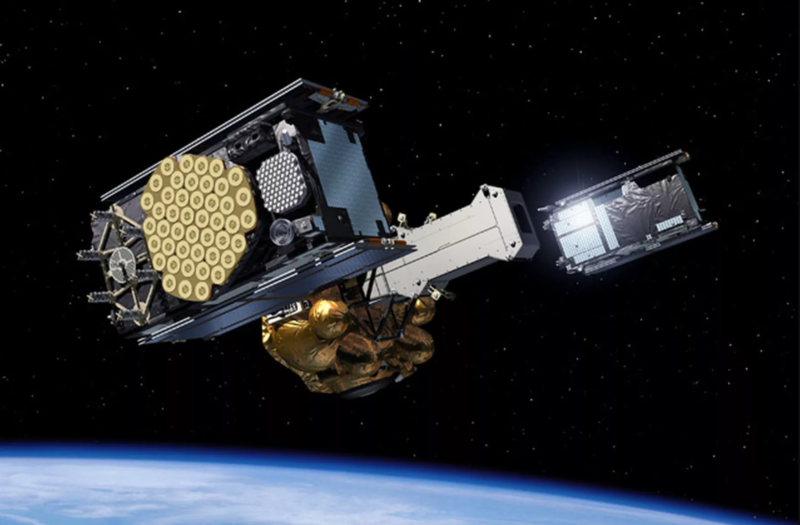



Europe S Galileo System Suffers Service Outage Via Satellite
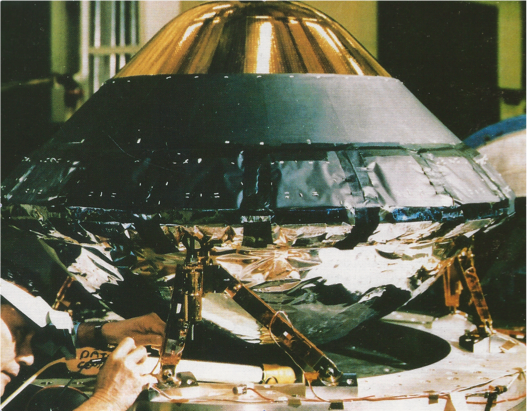



Galileo Probe Archive Page
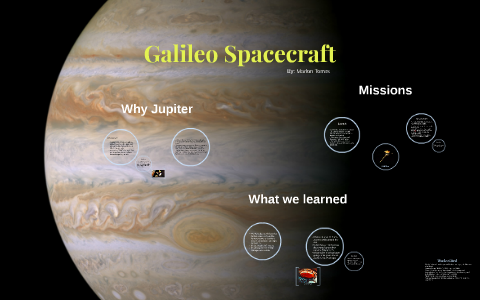



Galileo Spacecraft By Marlon Torres
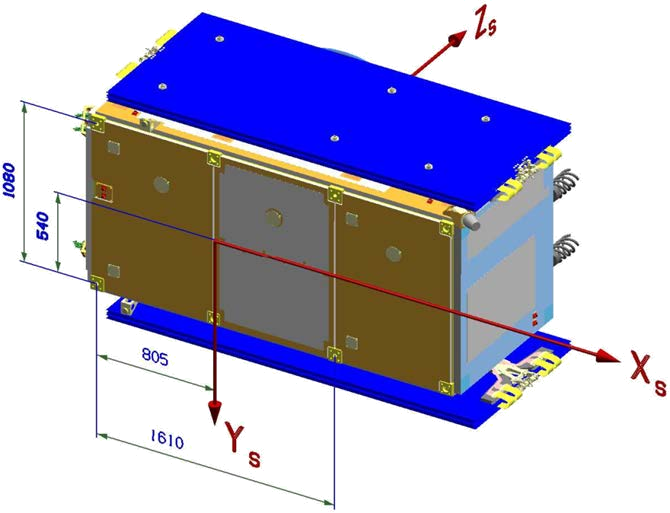



Galileo Satellite Metadata European Gnss Service Centre




Pdf Galileo Impact On Spacecraft Navigation System Semantic Scholar
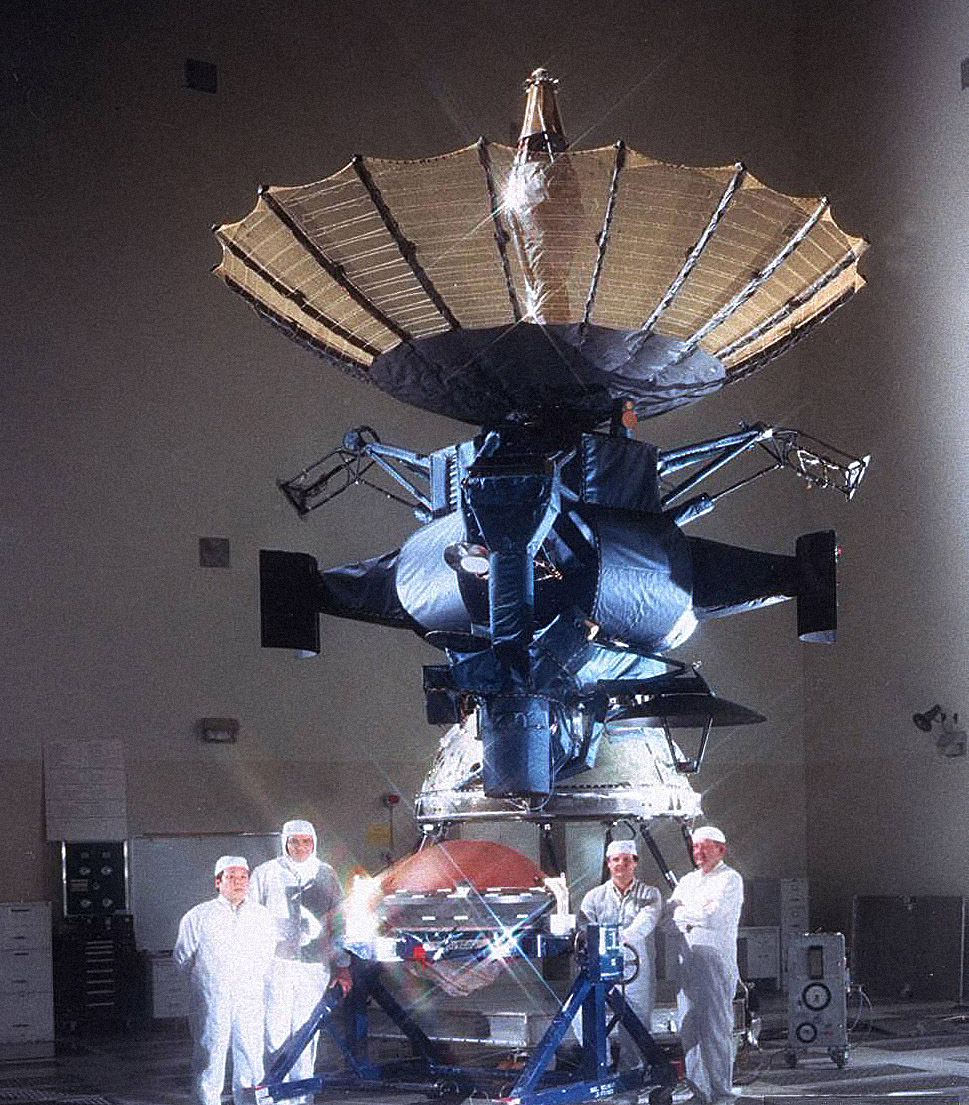



Galileo Spacecraft National Aeronautics And Space Administration Wiki Fandom
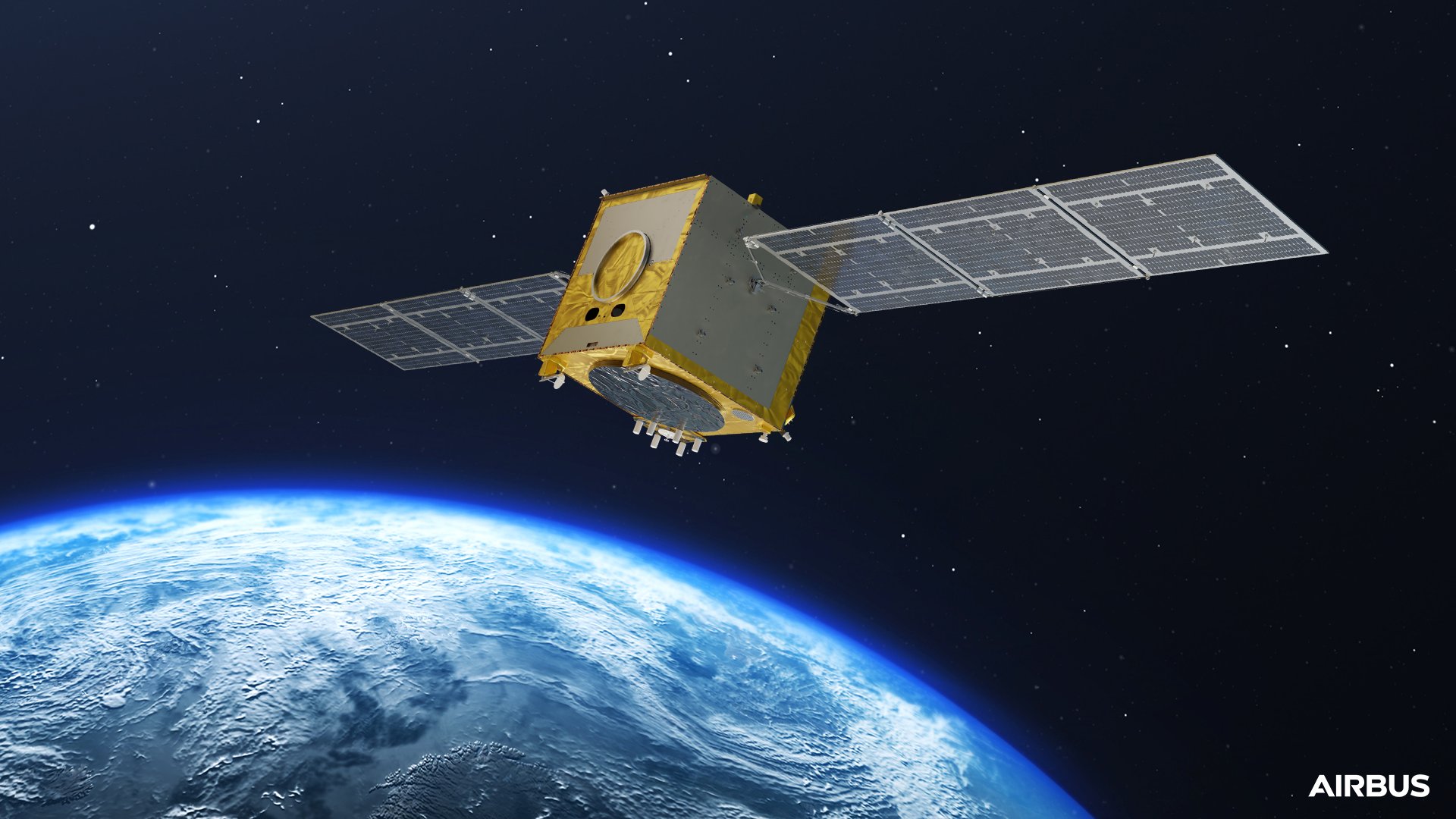



New Airbus Satellites Will Navigate Galileo Into The Future Space Airbus




Spacecraft Icons Science Mission Directorate




Galileo Spacecraft Loops By Earth For Gravitational Boost To Jupiter The New York Times




Galileo Orbiter Probe Mission To The Jupiter System



Galileo Spacecraft And Io Me Ipad 21 Art




Ariane Flight Va244 Arianespace




Nasa History Galileo Spacecraft Completes 14 Year Mission By Falling Into Jupiter S Atmosphere




Solved Galileo Spacecraft Photos Taken In Space By The Ga Chegg Com



First Signal In Space Tests Of The Galileo Clip Art Library



Galileo Spacecraft Flight Path On Vimeo
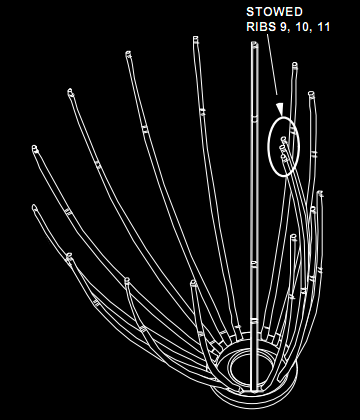



File Galileo Hga Ribs Png Wikipedia
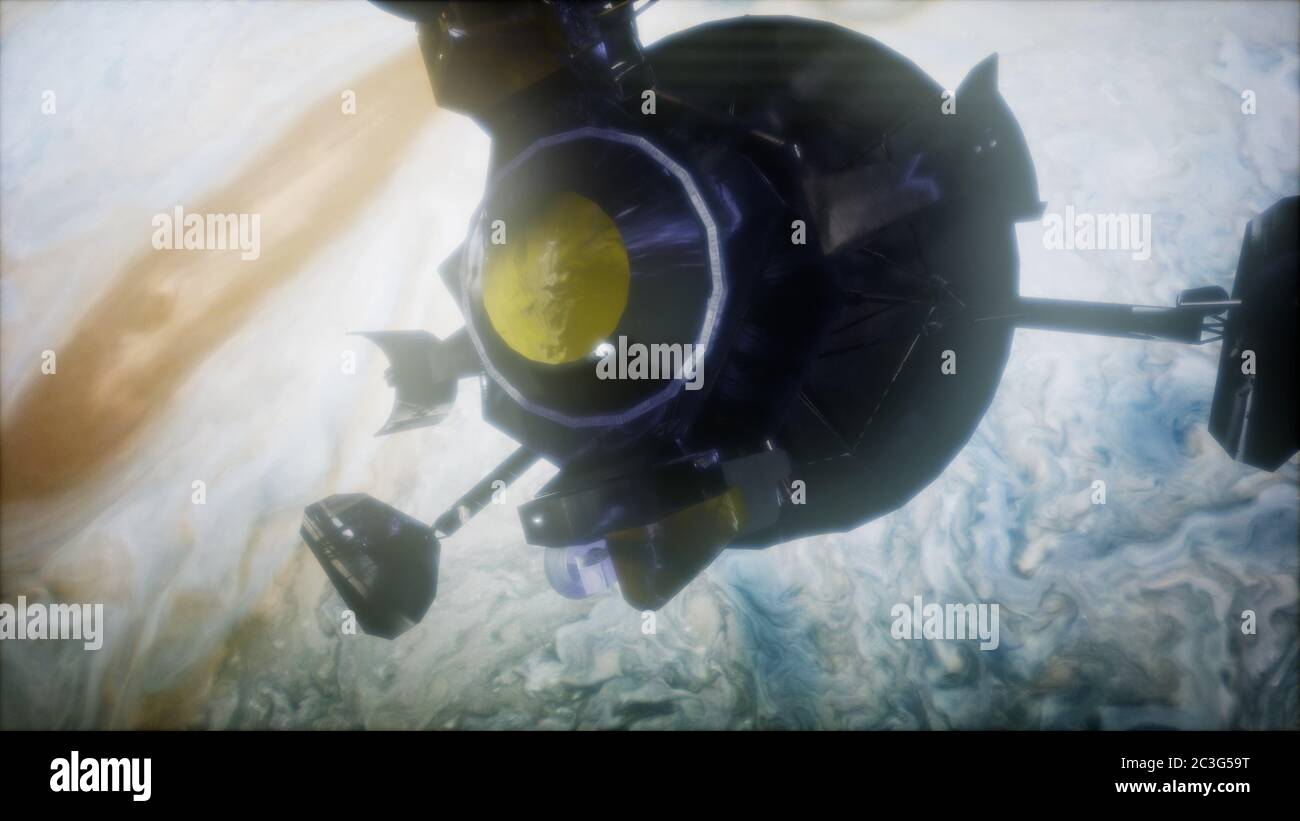



Galileo Spacecraft High Resolution Stock Photography And Images Alamy




Galileo Spacecraft For Ksp By Raidernick Textured By Drakenex Album On Imgur




Moons Of Jupiter Galileo Spacecraft Men S Jogging Pants Aerospace Suits




Galileo Discovery Jupiter Science Earth Jupiter Spacecraft Earth Png Pngegg




Satellite Navigation Europe Galileo Ariane 5 Galileo Angle Spacecraft Space Png Pngwing




Go2space Hubs Partner Of The Galileo Masters Go2space Hubs
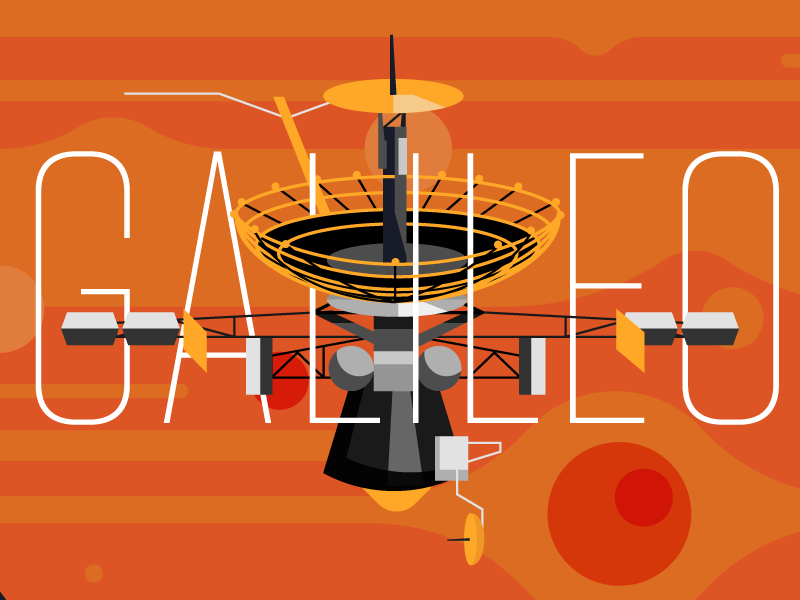



Galileo Spacecraft By Jay Doronio For Beutler Ink On Dribbble



Jupiter S Moon Europa Shows Signs Of An Ocean In Year Old Nasa Data




Mmoc Nasa Galileo Space Probe Bricksafe
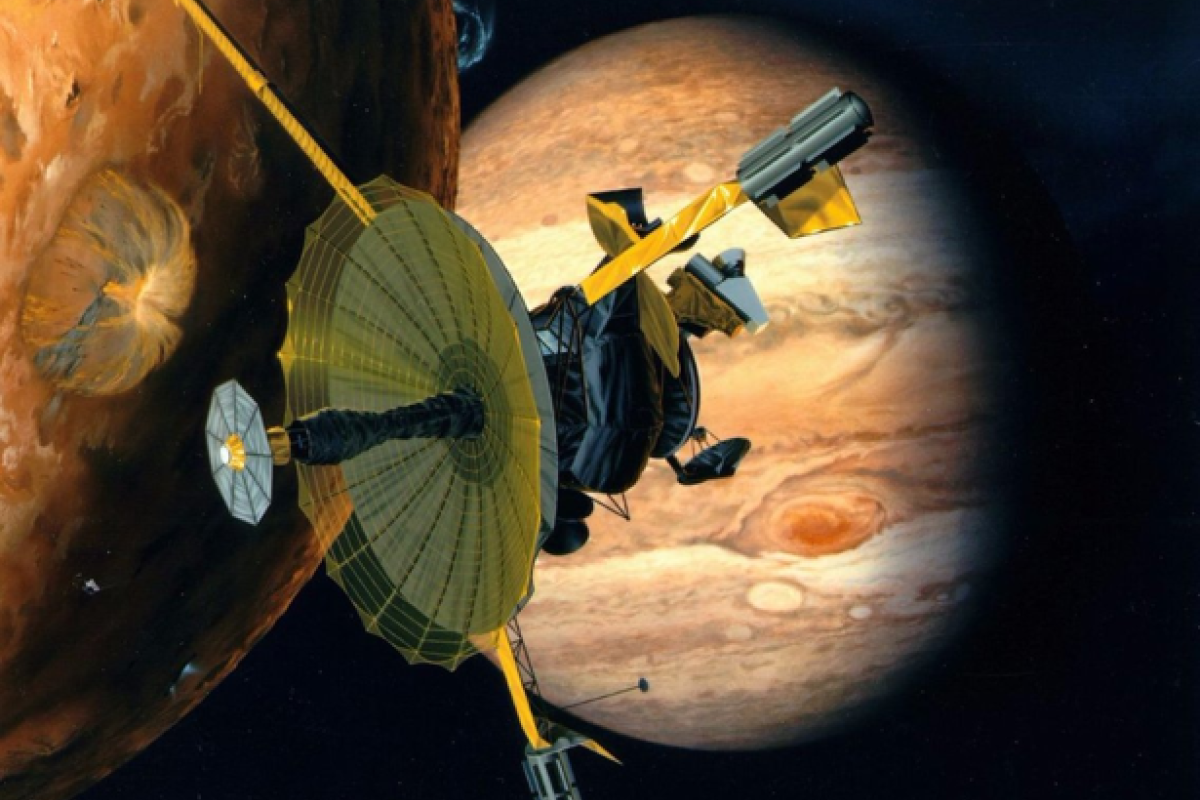



Vrf1ejl5n2oelm
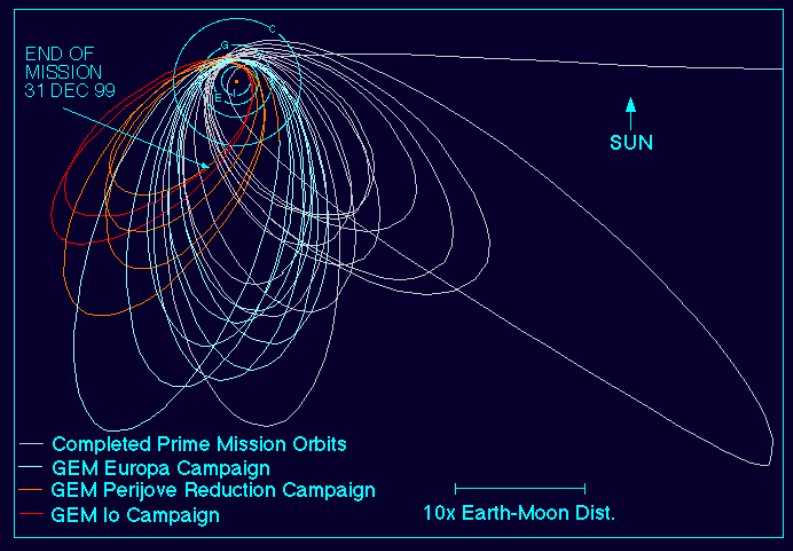



Welcome To The Galileo Orbiter Archive Page
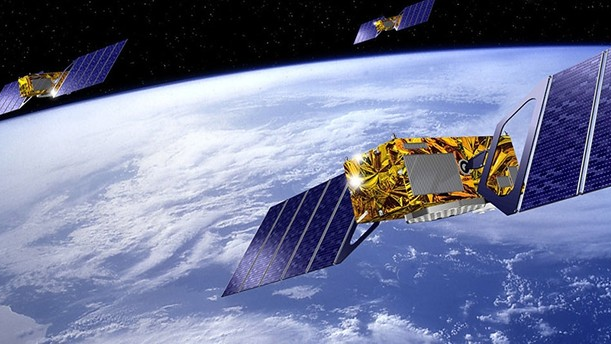



Eu S Galileo Satellite Navigation System Under Service Outage Cgtn




File Detailed Drawing Of The Galileo Spacecraft Png Wikimedia Commons




Galileo Adds Four Ariane 6 Launches For Batch 3 A 2nd Generation Foreseen Inside Gnss Global Navigation Satellite Systems Engineering Policy And Design




Figure 1 From Maneuver Design For The Galileo Veega Trajectory Semantic Scholar




Launch Of Galileo Spacecraft To Jupiter Realsolarsystem




Surface Features On Europa As Revealed By The Galileo Spacecraft Download Scientific Diagram
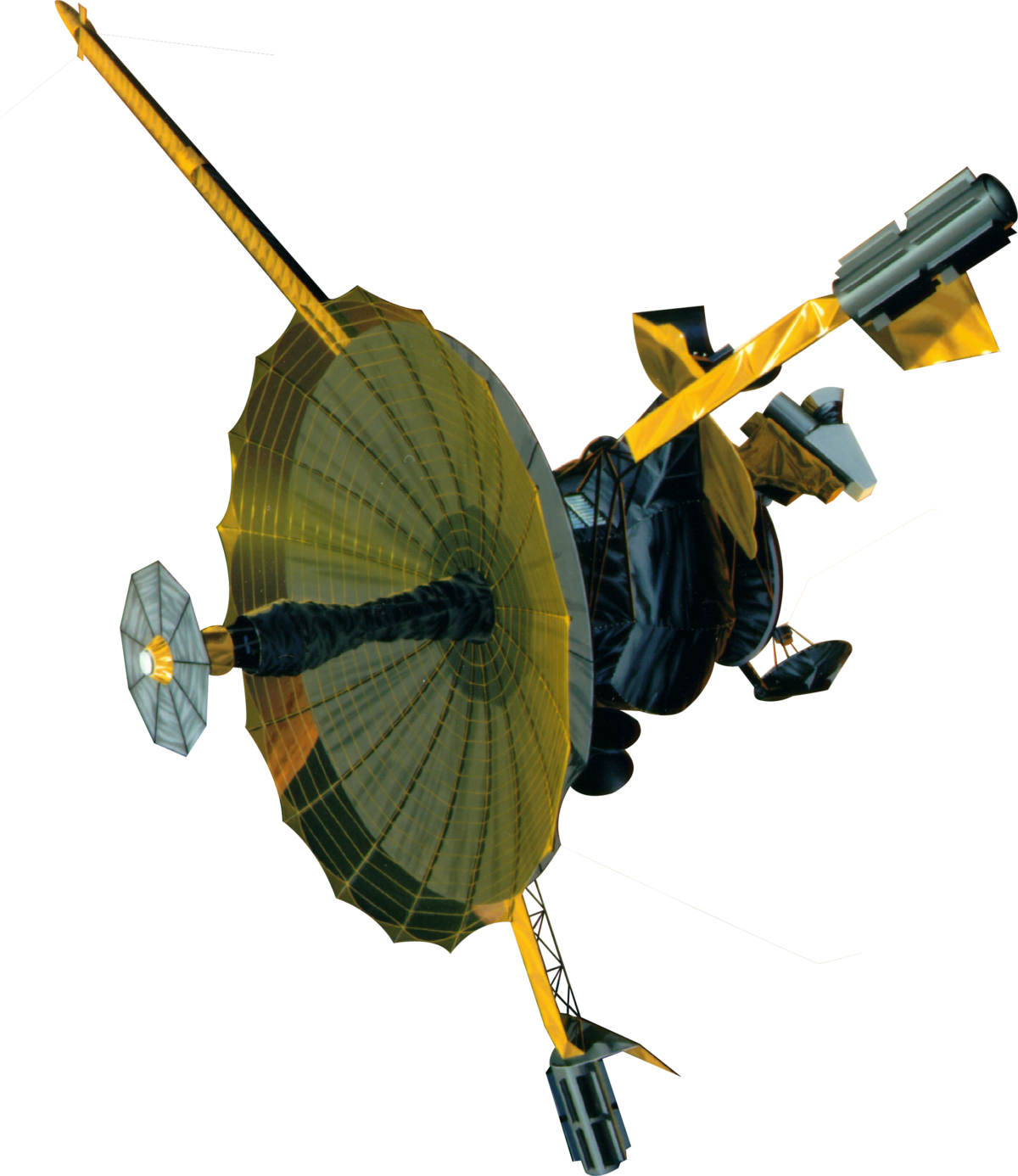



File Galileo Spacecraft Model Png Wikimedia Commons




It Was Observed That During The Galileo Spacecraft S First Fly By Of The Earth Its Maximum Altitude Was 600 Mi Above The Surface Of The Earth Assuming That The Trajectory Of The




Galileo Spacecraft Heads To Earth For Gravity Assist Toward Jupiter The New York Times
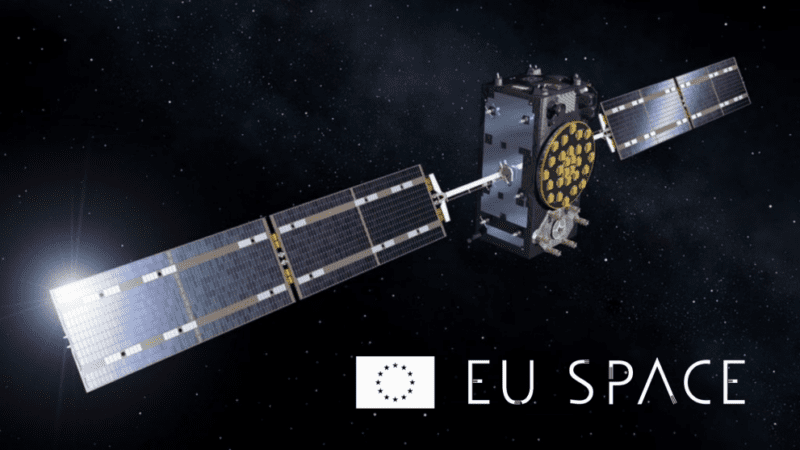



Thales Alenia Space Airbus Win Second Generation Galileo Satellite Contract Via Satellite


